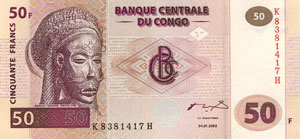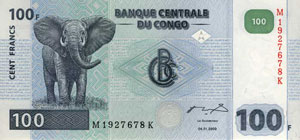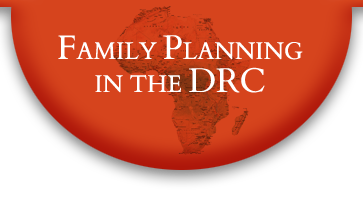Government Financing



The government contributes to health expenditure through the Ministry of Finance (MOF), state corporations, and other quasi-state organizations. The DRC has witnessed a significant increase of government health expenditure in terms of both prevision and execution in the past decade. government funding per capita has moved from $0.27 in 1998 to $4.22 in 2009, a significant increase in 11 years. However, the government’s contribution still amounts to less than 15% of the total health expenditure, averaging 7.4% of the total budget in 2008. The government continues to use the prospective line-item budget and to base its annually fixed budgets on historical values. Despite much rhetoric in favor of decentralization, budgets are still managed directly by the government at the central level. This centralized approach leaves little managerial autonomy to health facilities to reallocate resources and provides managers with few incentives to improve cost-effectiveness.
The DRC experienced an economic growth from 2002 to 2008. However, since July 2008, this growth has slowed down due to the international financial crisis. This resulted in a decrease of the government’s financial allocation to the health sector. The government provides an average of 0.1% to 0.2% of health financing for reproductive health. This budget, allocated to several subcomponents, including family planning, and the final amount allocated for family planning, though unknown, is minimal.
Revenues from public and private funders fall short from what is required for adequate, sustainable functioning of basic government health services and essential programs. In 2008, an exercise conducted by MOH estimated the total cost for the minimum package of activities (MPA) and complimentary package of activities (CPA) respectively at $6.05 and $11.86 per capita per year. In a 2002 document entitled “Macroeconomics and Health: Investing in Health for Economic Development,” WHO estimated that the total cost of providing a basic package of health services to be around $34 per capita per year.
DRC government GLOBAL BUDGET AND HEALTH BUDGET FROM 1998-2009
| GLOBAL BUDGET | HEALTH BUDGET | ||||||||
|---|---|---|---|---|---|---|---|---|---|
| Yr. | Population | Planned | Actual | Usage | Planned | Capita | Actual | Health/Global | Usage |
| Estimated | USD | USD | % | USD | USD | USD | % | % | |
| 1998 | 45,182,892 | $680,848,463 | $572,001,443 | 84.01% | $12,304,616 | $0.27 | $10,967,616 | 1.81% | 89% |
| 1999 | 46,538,379 | $739,692,508 | $739,692,508 | 100% | $12,523,433 | $0.27 | $12,523,433 | 1.69% | 100% |
| 2000 | 47,934,530 | $1,108,269,326 | $1,025,704,800 | 92.55% | $10,469,422 | $0.22 | $1,782,044 | 0.94% | 17% |
| 2001 | 49,372,566 | $328,830,688 | $498,628,088 | 151.64% | $10,978,871 | $0.22 | $3,600,861 | 3.34% | 33% |
| 2002 | 50,853,743 | $580,188,092 | $527,957,268 | 91% | $4,725,654 | $0.09 | $944,010 | 0.81% | 20% |
| 2003 | 52,379,355 | $905,342,872 | $709,608,221 | 78.38% | $23,911,701 | $0.46 | $22,768,880 | 2.64% | 95% |
| 2004 | 53,950,736 | $1,168,244,552 | $2,545,087 | 0.22% | $84,175,668 | $1.56 | $22,653,576 | 7.21% | 27% |
| 2005 | 55,569,258 | $1,791,487,613 | $1,375,620,715 | 76.79% | $79,858,697 | $1.44 | $51,219,329 | 4.46% | 64% |
| 2006 | 57,236,336 | $2,178,731,940 | $1,397,559,718 | 64.15% | $96,019,449 | $1.68 | $45,198,481 | 4.41% | 47% |
| 2007 | 58,953,426 | $2,446,981,439 | $1,625,249,346 | 66.42% | $88,589,100 | $1.50 | $96,407,247 | 3.62% | 109% |
| 2008 | 60,722,028 | $3,562,830,326 | $2,762,935,307 | 77.55% | $107,581,930 | $1.77 | $107,235,491 | 3.02% | 100% |
| 2009 | 62,543,689 | $4,995,544,984 | $2,783,606,796 | 55.72% | $264,049,473 | $4.22 | $390,917,761 | 5.29% | 148% |
COSTING ET PLANIFICATION DE RESSOURCES DES SERVICES DE SANTE DANS LE CADRE DE LA MISE EN ŒUVRE DE LA STRATEGIE DE RENFORCEMENT DU SYSTEME DE SANTE. Août 2008.
